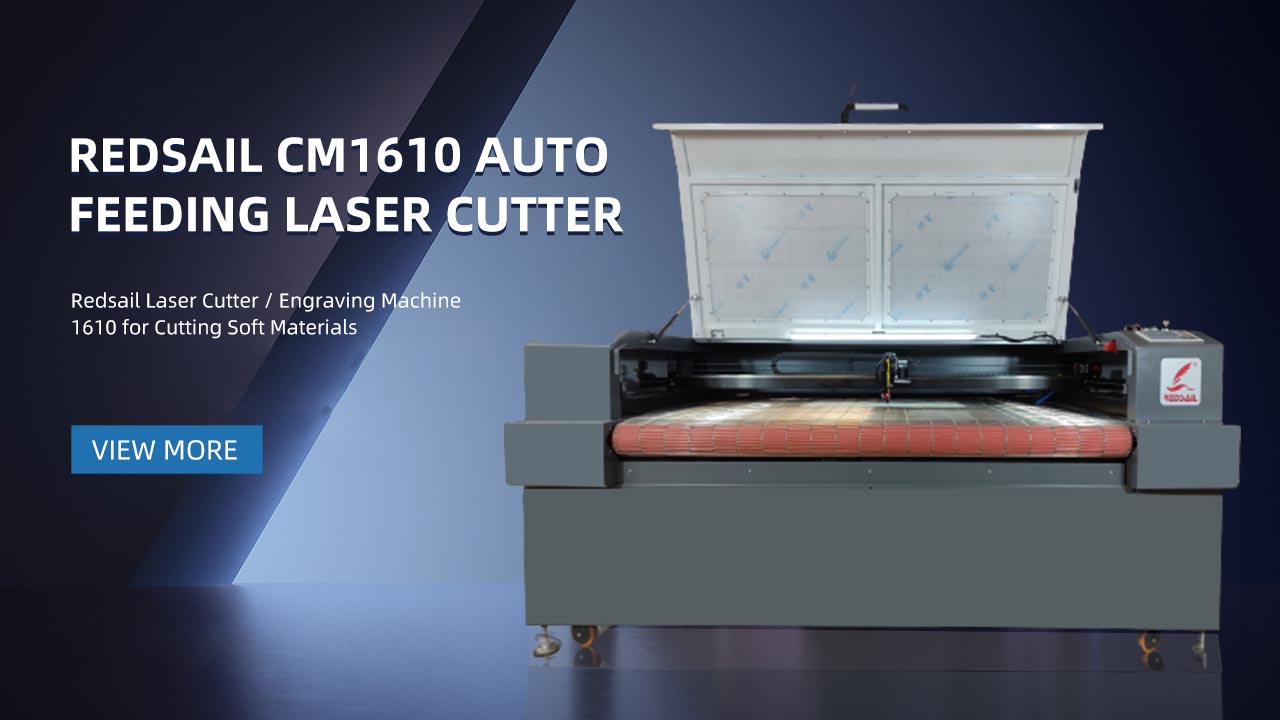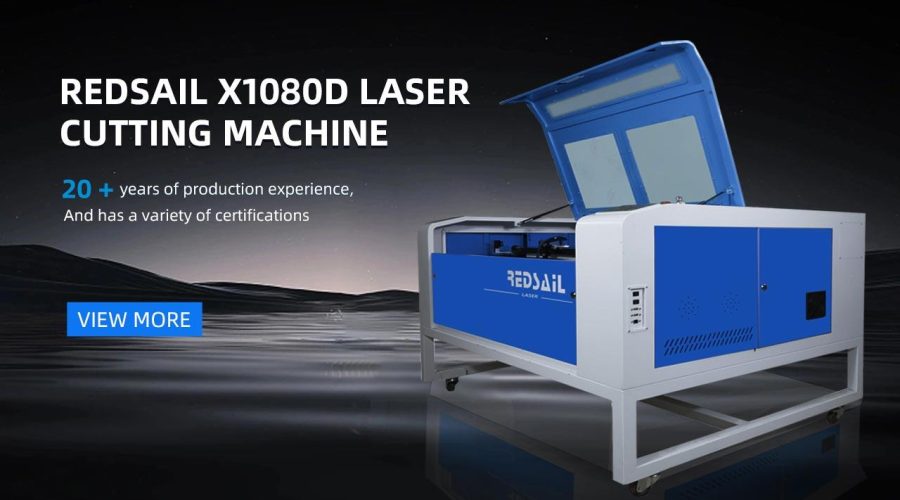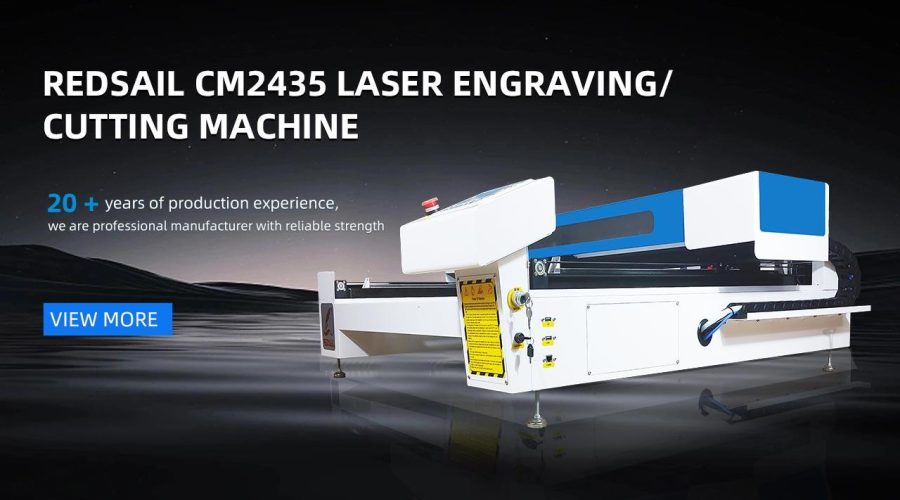Does CO2 Laser Really Work? Unveiling the Efficacy of this Laser Technology
Introduction
CO2 laser technology has gained significant popularity in various fields, including dermatology, surgery, and aesthetics. This cutting-edge laser technology utilizes carbon dioxide gas as the medium to generate an intense beam of laser light. By delivering this light in a precise and controlled manner, CO2 laser has proven to be effective in various medical and aesthetic applications.
How Does CO2 Laser Work?
The CO2 laser utilizes a technique called “ablation” to remove or vaporize targeted tissue. This process involves the conversion of light energy from the laser beam into heat energy, which is absorbed by the water present in the tissue. As the water molecules heat up, they vaporize and cause the tissue to be removed or reshaped.
CO2 lasers are known for their precision, as they can be adjusted to target specific depths of tissue, making it highly versatile and effective in different applications. It can be used for skin resurfacing, scar revision, treating wrinkles, removing skin lesions, and even for gynecological procedures.
Efficacy of CO2 Laser
The efficacy of CO2 laser has been extensively studied and validated in numerous scientific studies and clinical trials. The results have consistently shown positive outcomes across various applications.
1. Skin Resurfacing
CO2 laser skin resurfacing has become a popular choice for those seeking to improve their skin’s texture and appearance. It effectively addresses concerns such as wrinkles, fine lines, acne scars, and sun damage.
Studies have demonstrated that CO2 laser resurfacing stimulates collagen production, leading to the regeneration of new and healthier skin cells. This process helps in reducing wrinkles, tightening the skin, and improving overall skin tone and texture.
2. Scarring and Keloid Treatment
CO2 laser has shown promising results in treating various types of scars, including surgical scars, acne scars, and keloids. By precisely targeting the scar tissue, the laser stimulates collagen production and encourages the growth of new, healthy tissue.
Patients who have undergone CO2 laser scar treatments have reported significant improvements in their appearance, with reduced scarring and more even skin tone.
3. Skin Lesion Removal
CO2 laser technology is highly effective in removing unwanted skin lesions such as warts, moles, skin tags, and even certain types of skin tumors. The laser precisely targets and vaporizes the lesion, minimizing the risk of scarring and achieving excellent aesthetic outcomes.
4. Gynecological Applications
In gynecology, CO2 laser technology has revolutionized the treatment of various conditions. It can be used for vaginal rejuvenation, treating vaginal atrophy, urinary incontinence, and even addressing certain pre-cancerous conditions. The laser helps stimulate collagen production and restore elasticity, thus improving overall vaginal health.
FAQs (Frequently Asked Questions)
Q: How long does it take to see results after CO2 laser treatment?
A: The time required to see results depends on the specific treatment and individual skin characteristics. Generally, noticeable improvements can be observed within one to three weeks after the treatment, with progressive enhancement over the following months.
Q: Is CO2 laser treatment painful?
A: The extent of discomfort during CO2 laser treatment can vary depending on the depth and intensity of the procedure. Local anesthesia or numbing creams are often used to minimize any discomfort, and post-treatment care helps manage any potential pain or discomfort.
Q: Are there any side effects or risks associated with CO2 laser treatment?
A: While CO2 laser treatments are generally safe, there are potential side effects and risks involved. These may include redness, swelling, itching, and temporary changes in skin pigmentation. Rare complications such as infection or scarring may occur but are extremely rare when performed by well-trained professionals.
Q: How many sessions are typically required for CO2 laser treatment?
A: The number of sessions required varies depending on the specific condition being treated and the desired outcome. In some cases, a single treatment session may be sufficient, while others may require multiple sessions spaced several weeks apart for optimal results.
Q: Can CO2 laser treatment be performed on all skin types?
A: CO2 laser treatment can be customized to suit different skin types and tones. However, individuals with darker skin tones are at a slightly higher risk of developing post-treatment pigmentation changes. It is crucial to consult with an experienced professional who can assess your skin type and determine the most appropriate treatment approach.
Conclusion
Based on extensive research and clinical evidence, CO2 laser technology has proven to be highly effective in various medical and aesthetic applications. From skin resurfacing and scar revision to gynecological treatments, this advanced laser technology offers impressive results and has revolutionized the field of dermatology and aesthetics.
While CO2 laser treatment does come with some potential risks and side effects, these are minimal when performed by well-trained professionals. By carefully considering individual circumstances and working closely with a qualified practitioner, patients can confidently opt for CO2 laser technology to enhance their appearance and address specific concerns.





